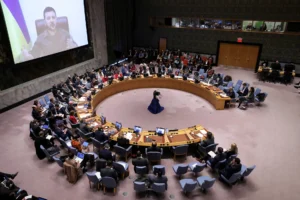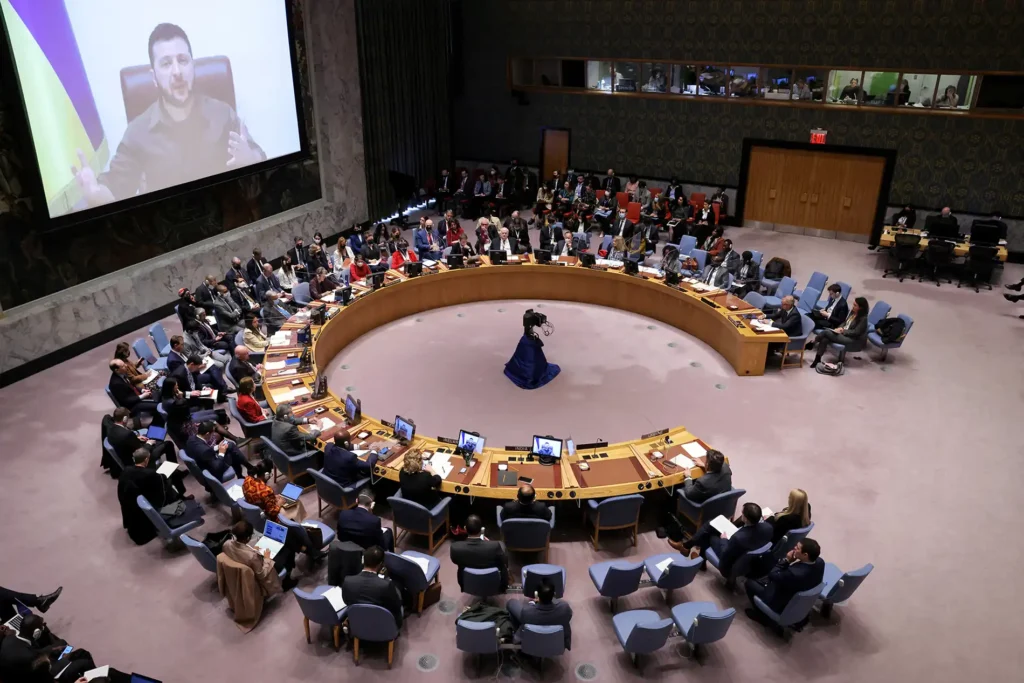The number of children dying before their fifth birthday has reached an unprecedented low, falling to 4.9 million in 2022, according to the latest data released by the United Nations Inter-agency Group for Child Mortality Estimation (UN IGME).
This historic decline was highlighted in a joint statement issued by the World Bank, which emphasized the progress made globally in child survival. The report, accessed by the News Agency of Nigeria (NAN), showed that under-five mortality rates dropped by 60% globally—from 93 deaths per 1,000 live births in 1990 to 37 in 2022.
Progress Driven by Investments in Primary Health Care
According to the report, more children are surviving today than ever before, with a 51% decline in under-five mortality recorded since 2000. Notably, several low- and lower-middle-income countries have surpassed global progress rates due to deliberate investments in primary health care and child well-being.
Countries like Cambodia, Malawi, Mongolia, and Rwanda have achieved reductions of over 75% in under-five mortality since 2000—underscoring the transformative impact of accessible and quality healthcare.

Preventable Causes Still Claiming Millions of Young Lives
Despite these gains, the report warns that the global fight to end preventable child and youth deaths is far from over. In addition to the 4.9 million children under five who died in 2022—nearly half of whom were newborns—another 2.1 million young people aged 5 to 24 also lost their lives.
The vast majority of these deaths occurred in Sub-Saharan Africa and Southern Asia and were caused by preventable or treatable conditions such as:
-
Preterm birth complications
-
Issues arising during childbirth
-
Pneumonia
-
Diarrhoea
-
Malaria
The report notes that many of these deaths could have been prevented with improved access to basic, low-cost health interventions, including skilled care at birth, vaccinations, and community health services.
Global Health Leaders Call for Urgent Action
UNICEF Executive Director Catherine Russell praised the role of healthcare workers in achieving the gains so far:
“Behind these numbers lie the stories of midwives and skilled health personnel helping mothers safely deliver their newborns… health workers vaccinating and protecting children against deadly diseases… and community workers making home visits to support families.”
Dr. Tedros Ghebreyesus, Director-General of the World Health Organization (WHO), also emphasized the need for equitable access to healthcare:
“Where a child is born should not dictate whether they live or die… We must ensure all women and children, including those in emergencies or remote areas, have access to quality health services.”
Millions of Children Still at Risk Amid Global Inequities
The report warned that if current trends continue, 59 countries are projected to miss the Sustainable Development Goal (SDG) target for under-five mortality by 2030. Additionally, 64 countries are likely to fall short of the goal for reducing newborn mortality.
This could result in the deaths of an estimated 35 million children under age five by 2030, mostly in Sub-Saharan Africa and Southern Asia.
The report also exposed alarming inequalities:
-
Children in the poorest households are twice as likely to die before age five than those in wealthier families.
-
Children living in conflict zones or fragile states are almost three times more likely to die before age five than those in more stable environments.
Climate Change, Conflict, and COVID-19 Threaten Gains
While the numbers reflect progress, several emerging threats risk reversing these achievements. These include:
-
Growing economic instability
-
Rising inequality
-
Long-standing and new conflicts
-
The lingering effects of COVID-19
-
The intensifying impact of climate change
Data Gaps Undermine Progress
A major obstacle to further progress, according to the report, is the lack of accurate and timely data—especially in regions with the highest child mortality rates. It called for strengthened data systems to monitor and respond to child health trends more effectively.
Juan Uribe, Global Director for Health, Nutrition and Population at the World Bank, summed up the urgency:
“This year’s report is an important milestone… but it’s not enough. We need more investment, collaboration, and action to ensure all children have equal access to life-saving healthcare—no matter where they are born.”






